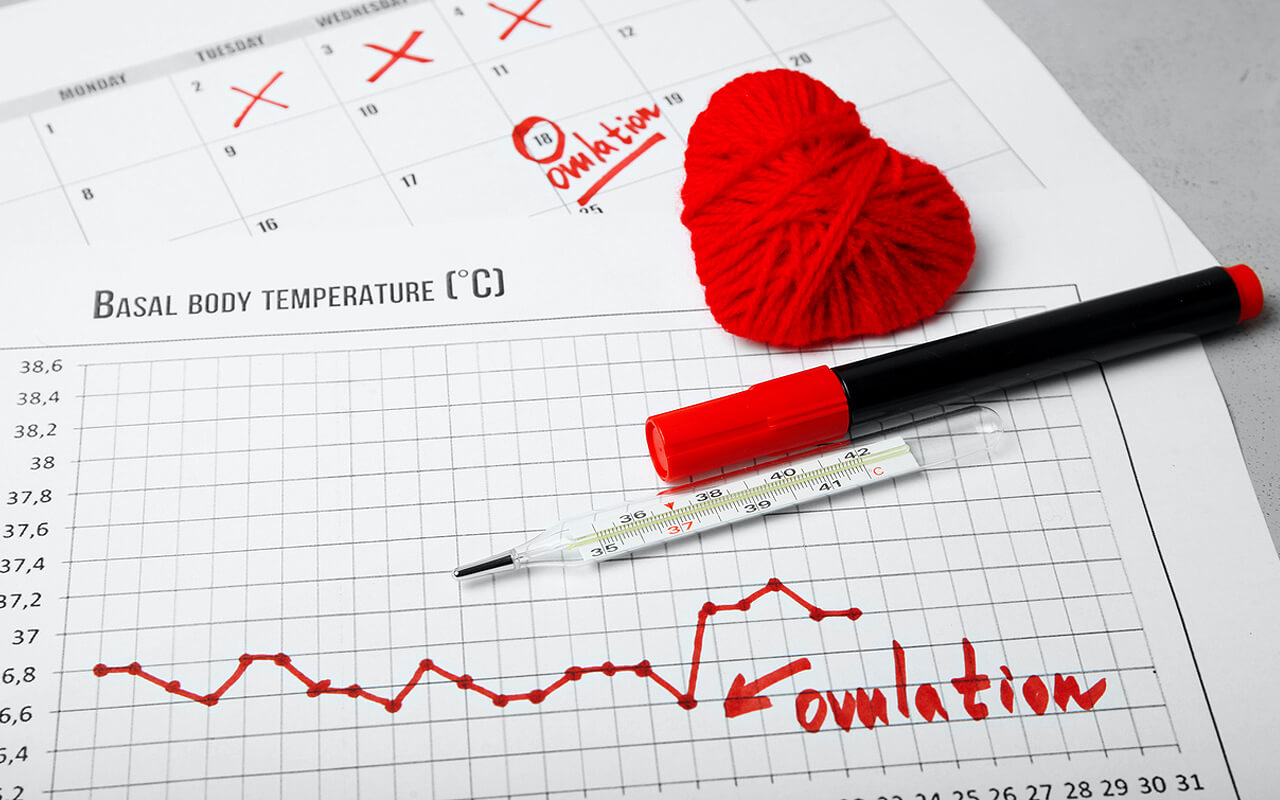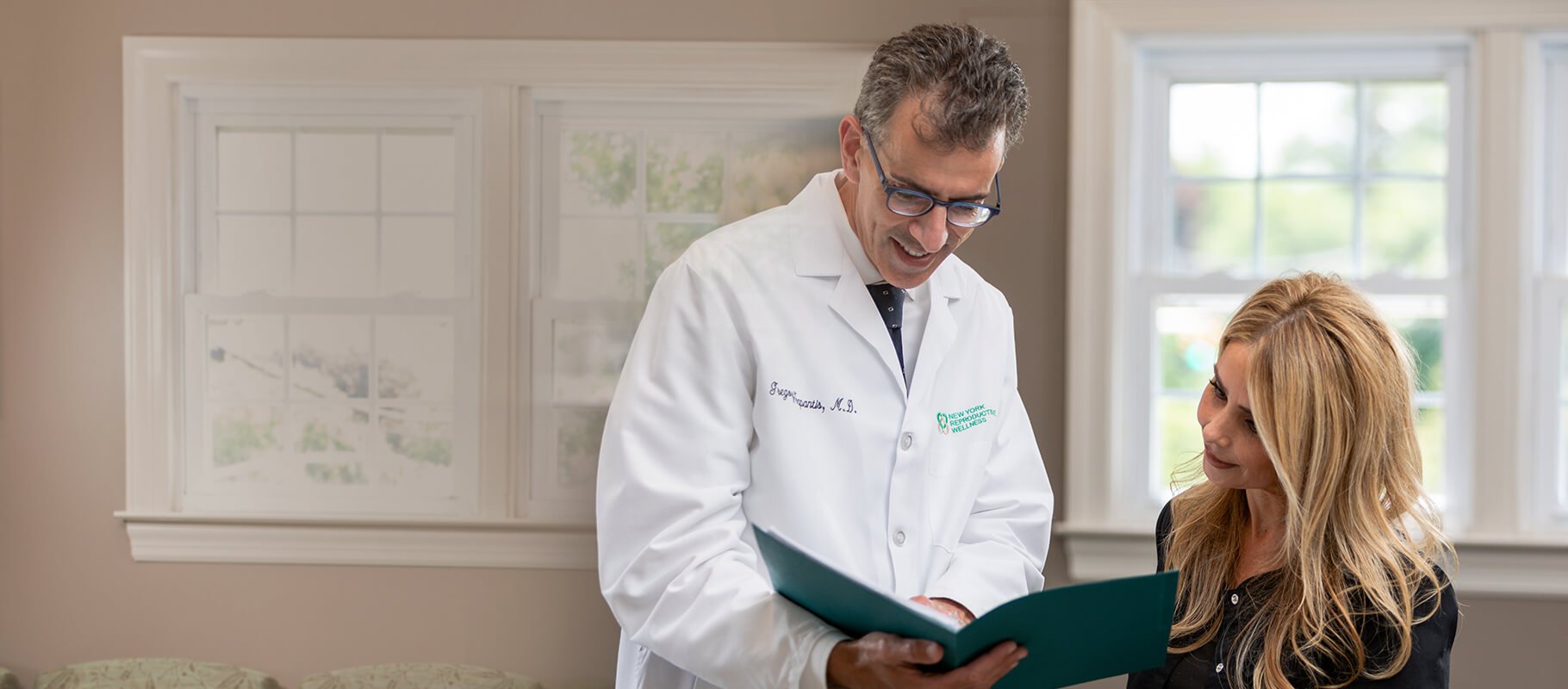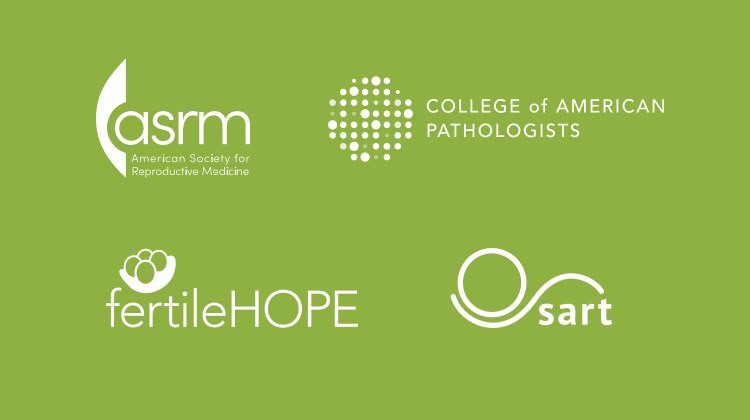How to Track Your Fertility

Tracking your fertility can help you pinpoint when you’re mostly likely to conceive.
There’s a lot more to fertility than what can be captured in a single snapshot. That’s why consistently tracking your fertility is an important part of the conception process. Not only can it help you understand your body and your ovulation cycle better, but it can also improve the likelihood of a successful pregnancy — given that couples who have frequent intercourse during the ovulation period increase their chances of getting pregnant quickly.
How to Track Your Fertility: The Basics
During the 28-day menstrual cycle that most women experience, there are only six days during which it is possible to get pregnant. These are the five days prior to ovulation and the actual day of ovulation. Thus, tracking fertility is really about tracking your ovulation cycle to make sure that you know when it is actually possible to conceive.
One method for determining your fertility window is the calendar method. This method involves tracking your menstrual cycle for several months to determine how long it is. You then subtract 18 days from the length of your shortest cycle and 11 days from your longest cycle to give you the first and last days that you are likely to be fertile. While helpful for getting a general sense of the window, it is best to use this method in conjunction with another that can more concretely tell you when you are ovulating each month.
Your Body’s Signs
You already know that your body undergoes many changes throughout your menstrual cycle. Luckily, you can use those changes to track your fertility.
Checking your basal body temperature (BBT) daily can help to confirm ovulation is occurring. Your BBT, which is your body's temperature right when you wake up in the morning, rises some time after you release an egg and stays elevated until you begin your period. This temperature change can be even less than a degree, but if you record your BBT daily, you should be able to see those subtle temperature changes.
This method is not reliable for timing intercourse, though, as the temperature shift may occur many days after ovulation has occurred and when the chance for egg and sperm to meet has passed. Ovulation predictor kits (OPK) on the other hand may be useful in timing intercourse, especially when your busy lifestyle gets in the way of regular intercourse. Because ovulation will occur within about 2 days of the onset of an LH surge and within 1 day of a peak LH surge, starting to have intercourse for a couple of days following an LH surge will help to increase the chances of sperm meeting up with a released egg
Another fertility tracking method involves checking your cervical mucus. The same hormones that control your menstrual cycle affect the texture, color, and amount of mucus in your cervix. Tracking these changes makes it easier to determine when you’re ovulating.
The cervix is the path of tissue that connects the vagina and the uterus. It produces fluid in order to help the sperm reach the egg. When your ovaries are preparing to release an egg, the cervix creates more mucus that shifts from being sticky to being creamy to being clear, stretchy, and slippery. This final stage, which typically lasts from three to four days, is the best time to get pregnant.
To track your cervical mucus, use a tissue or your fingers to check the mucus at your vaginal opening daily and write down the results. This is an easy and effective way of predicting ovulation that can be done alone or in conjunction with measuring BBT and the calendar method.
Apps to Track Fertility
While it is entirely possible to track fertility by hand, there are apps available to help you with the process. Two popular apps are Ovia and Glow, both of which can help you chart your BBT and cervical mucus as well as other health signals that could indicate or impact fertility. Using these apps can help you keep your notes straight and better predict your ovulation, but they aren’t necessary for effective fertility tracking.
If you’re interested in learning more about fertility tracking and your ovulation cycle, don’t hesitate to reach out to us at New York Reproductive Wellness. Our specialists are happy to help you through the process of growing your family.







